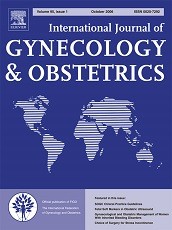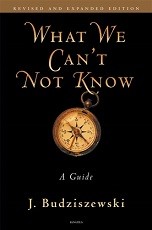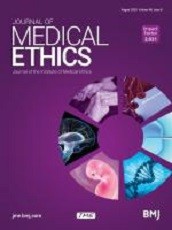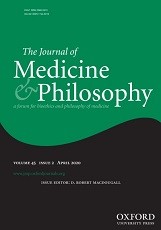Thomas V Berg, Marie T Hilliard, Mark F Stegman
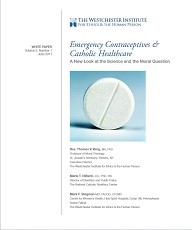
Conclusion
Concern that provision of emergency contraceptives might occasion the chemical abortion of nascent human life is not only legitimate, but also a genuine expression of the solidarity and stewardship we owe to the most vulnerable members of our society. Catholic moral theologians currently disagree on how that legitimate concern should bear on the formulation of EC protocols in Catholic hospitals. We maintain that, in addition to a pregnancy test, victims of sexual assault should be administered an ovulation test which detects the presence of an LH surge. We sincerely hope that the present study will contribute to the continued substantive discussion of this issue among Catholic moralists. We further trust that it will serve to foster a more cautious approach within the Catholic healthcare establishment to unreasonable incursions by the state that strike at our principled institutional autonomy and identity, and at the very exercise of conscience in Catholic healthcare
Berg TV, Hilliard MT, Stegman MF. (Working Paper) Emergency Contraceptives & Catholic Healthcare: A New Look at the Science and the Moral Question. 2011;2(1)




